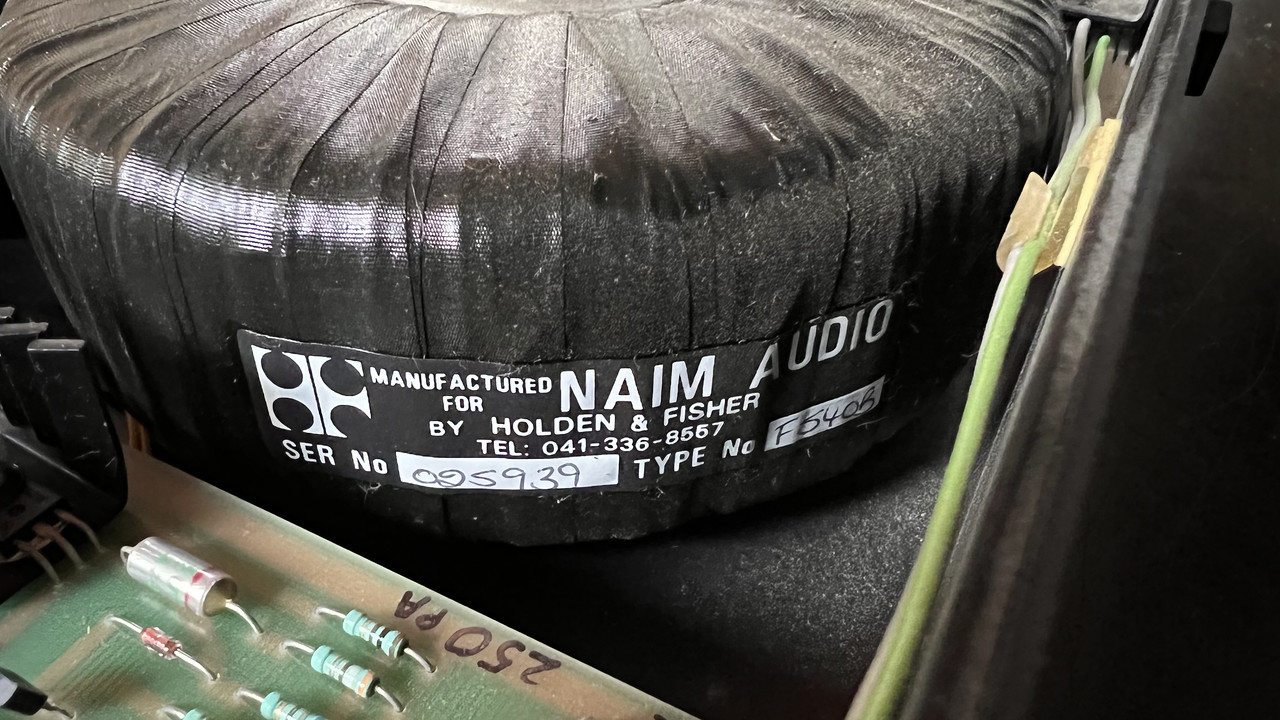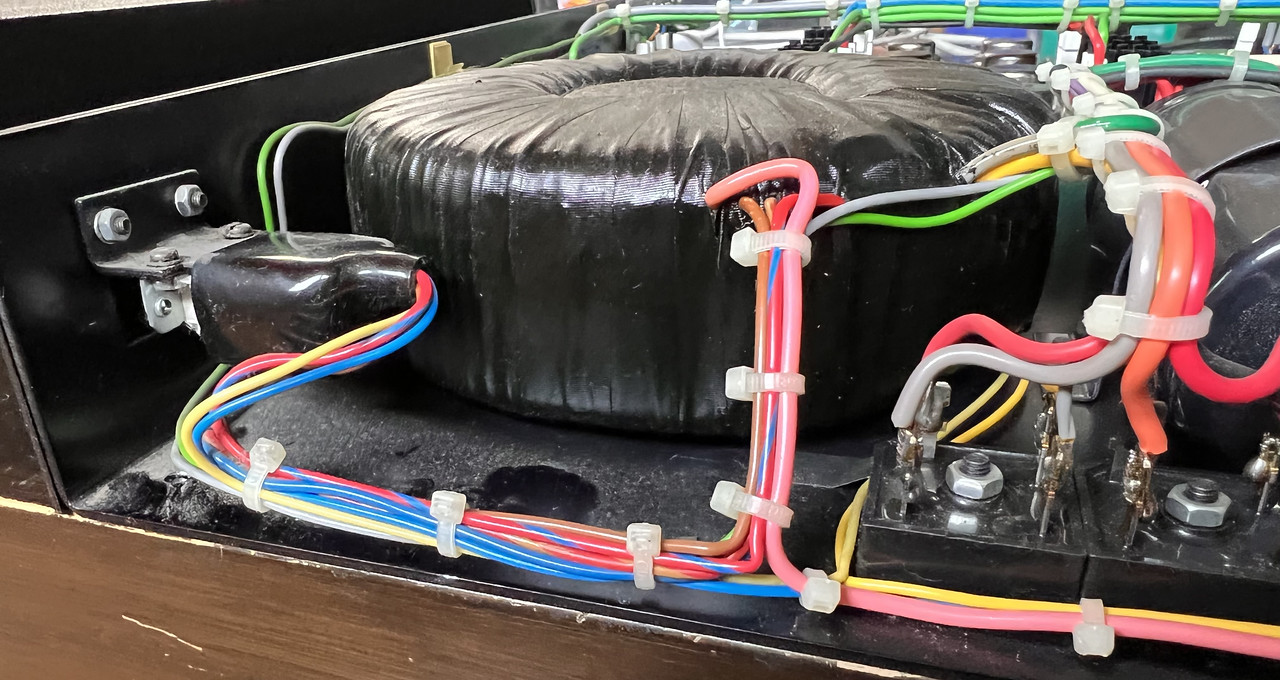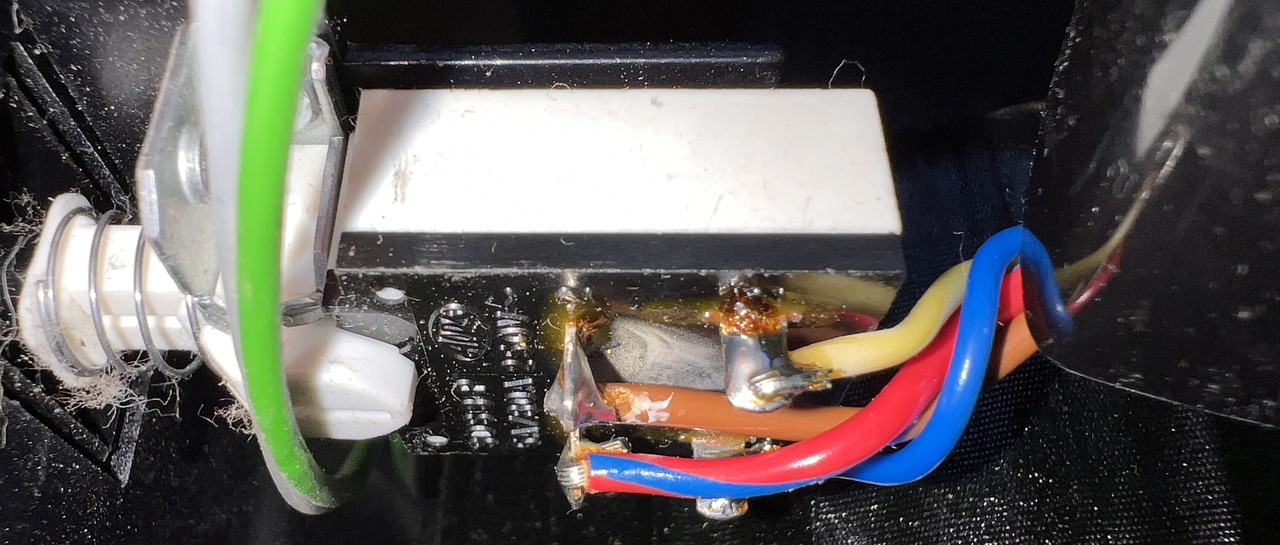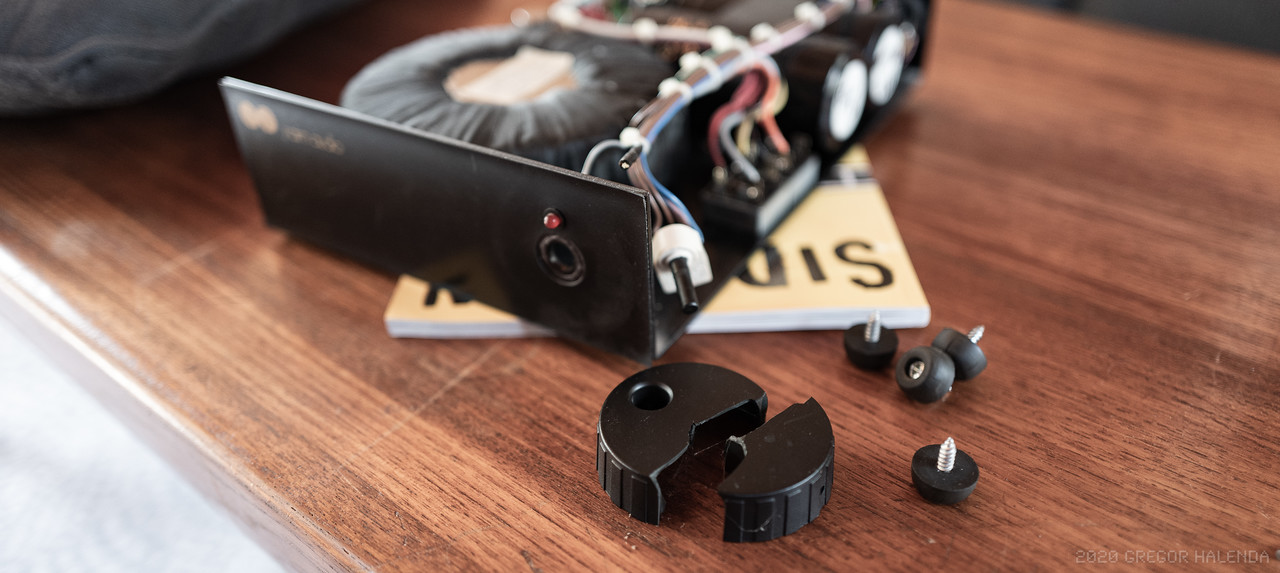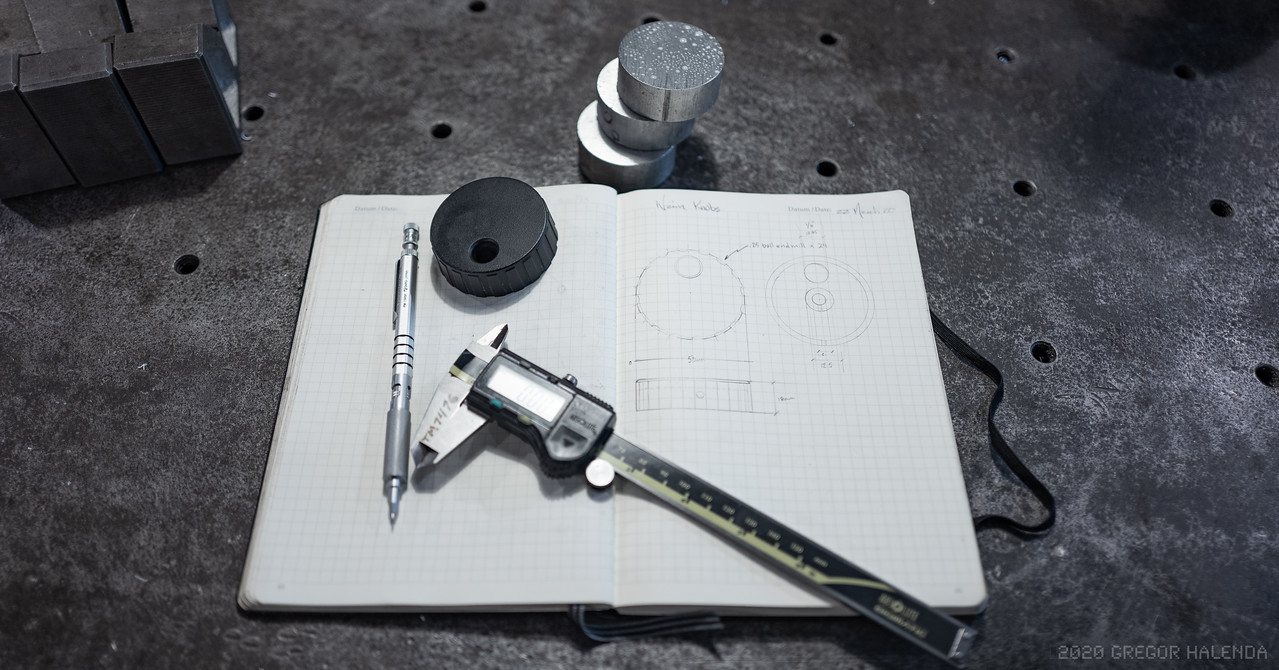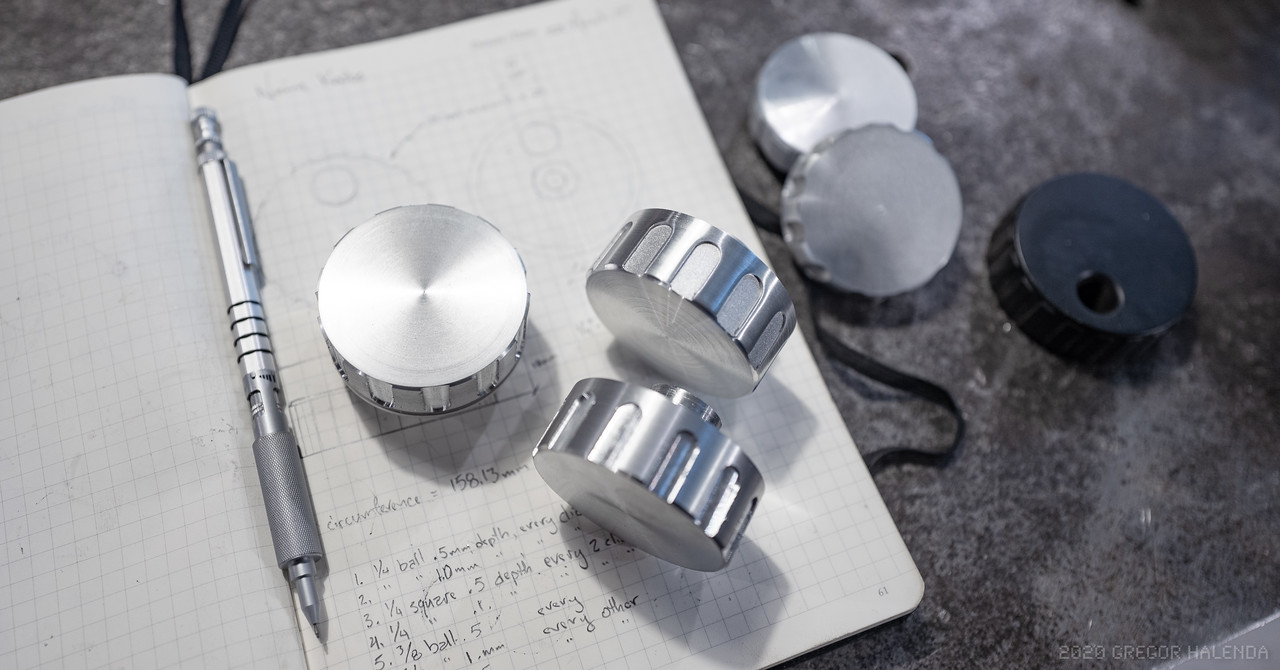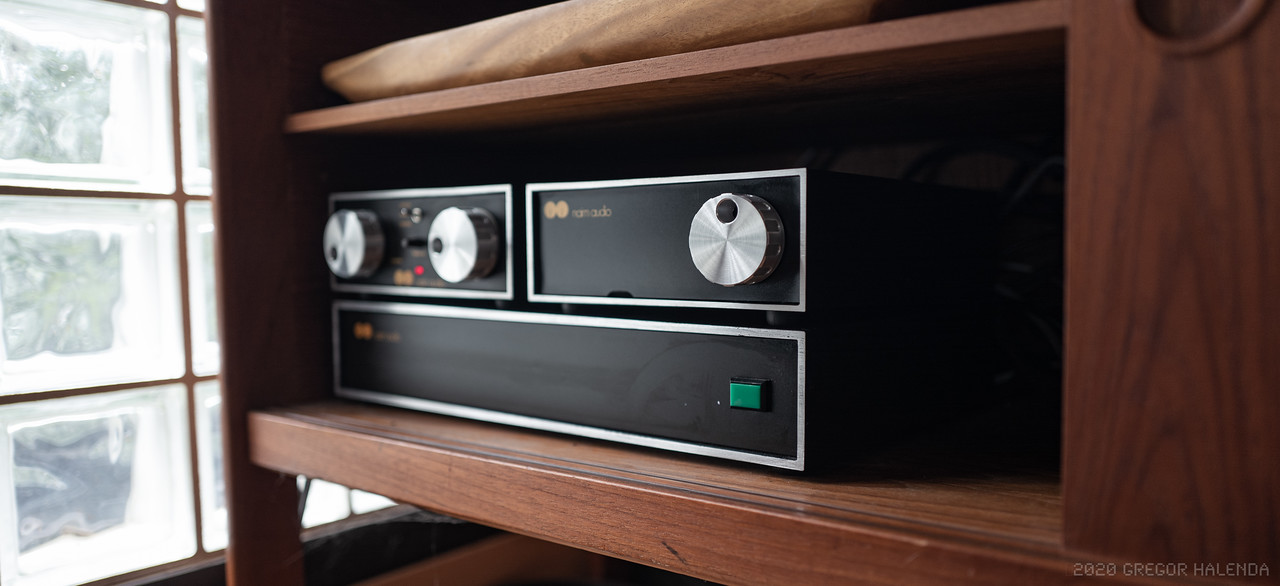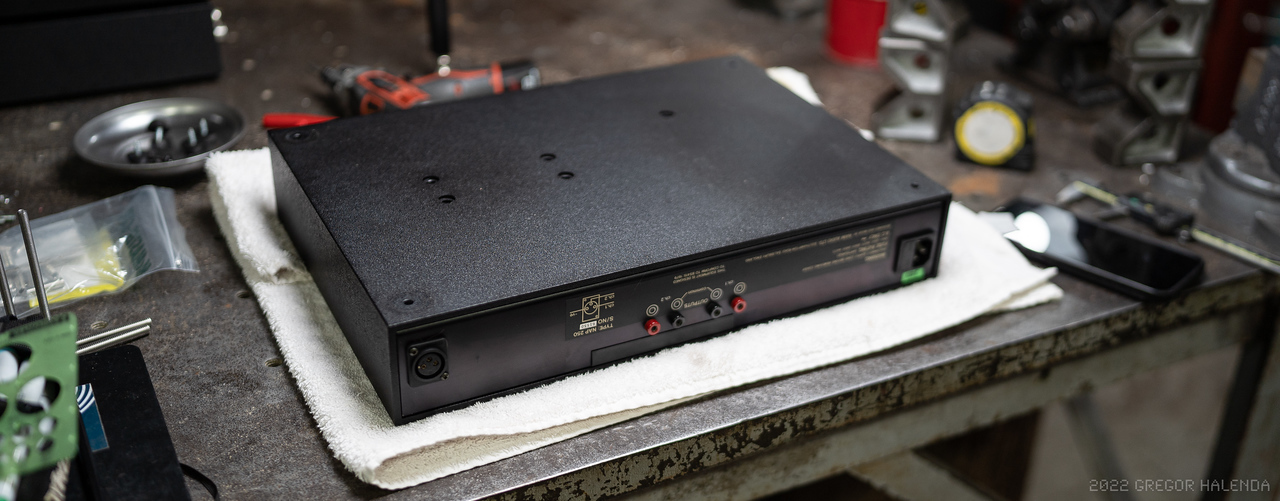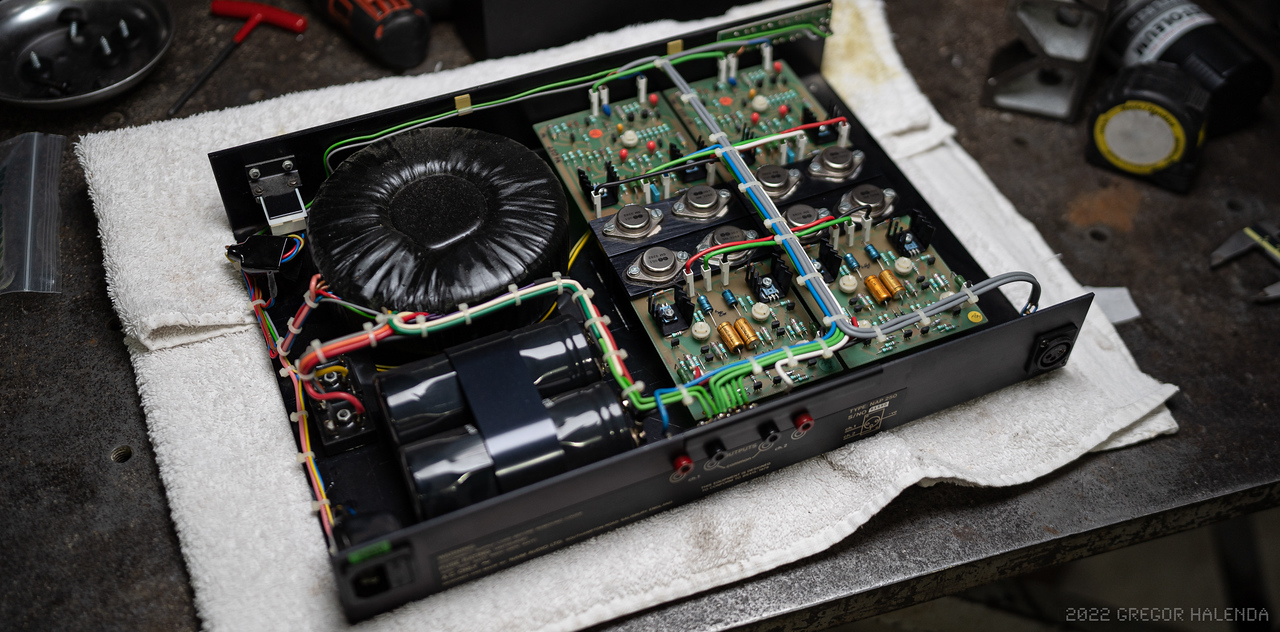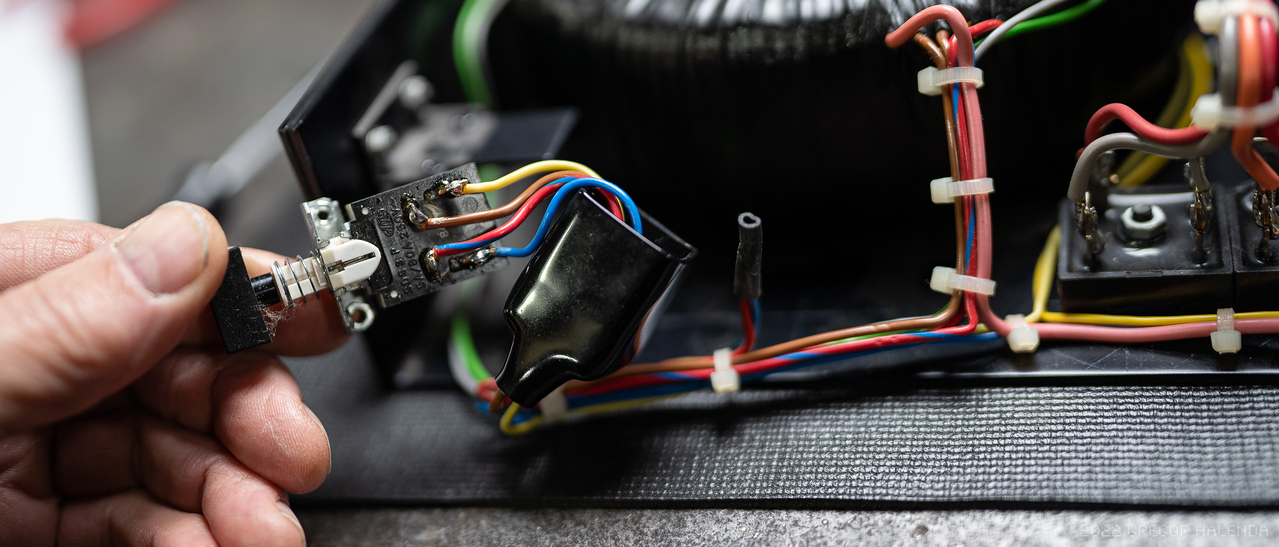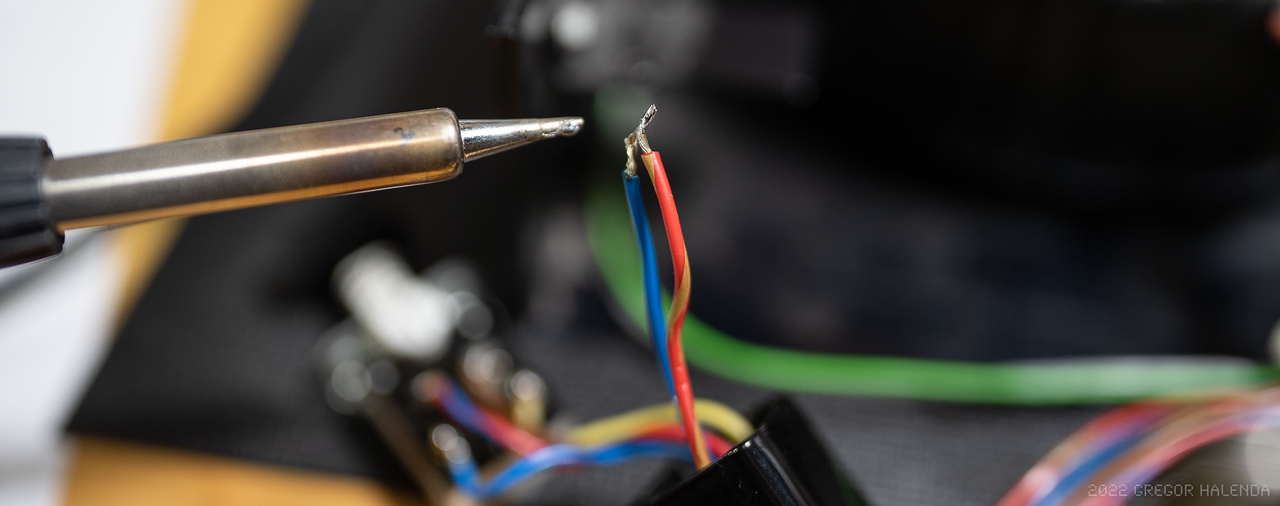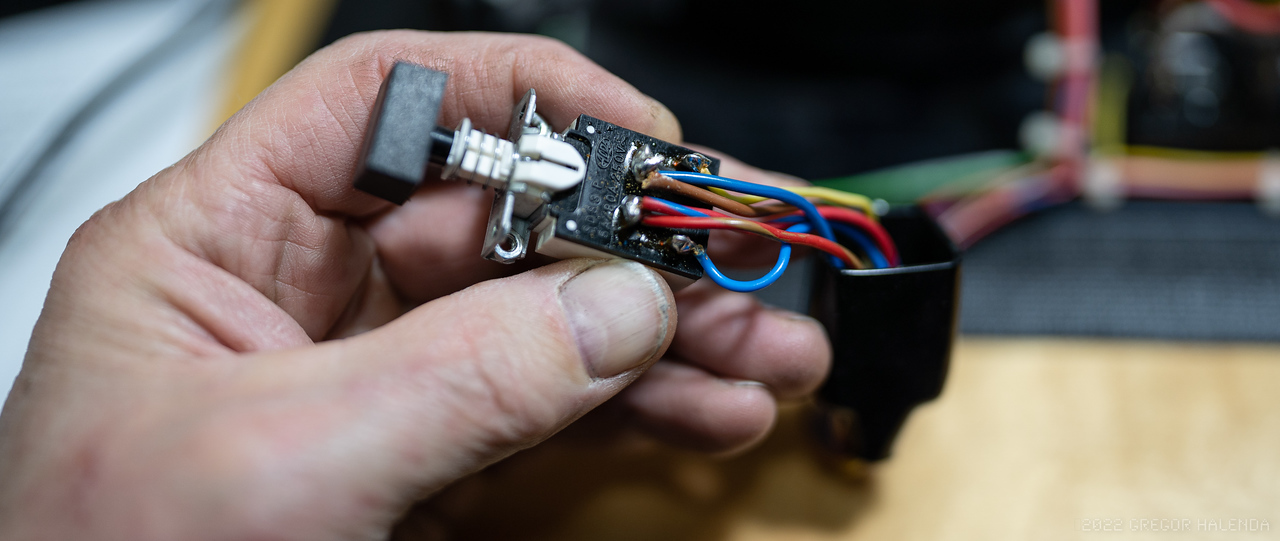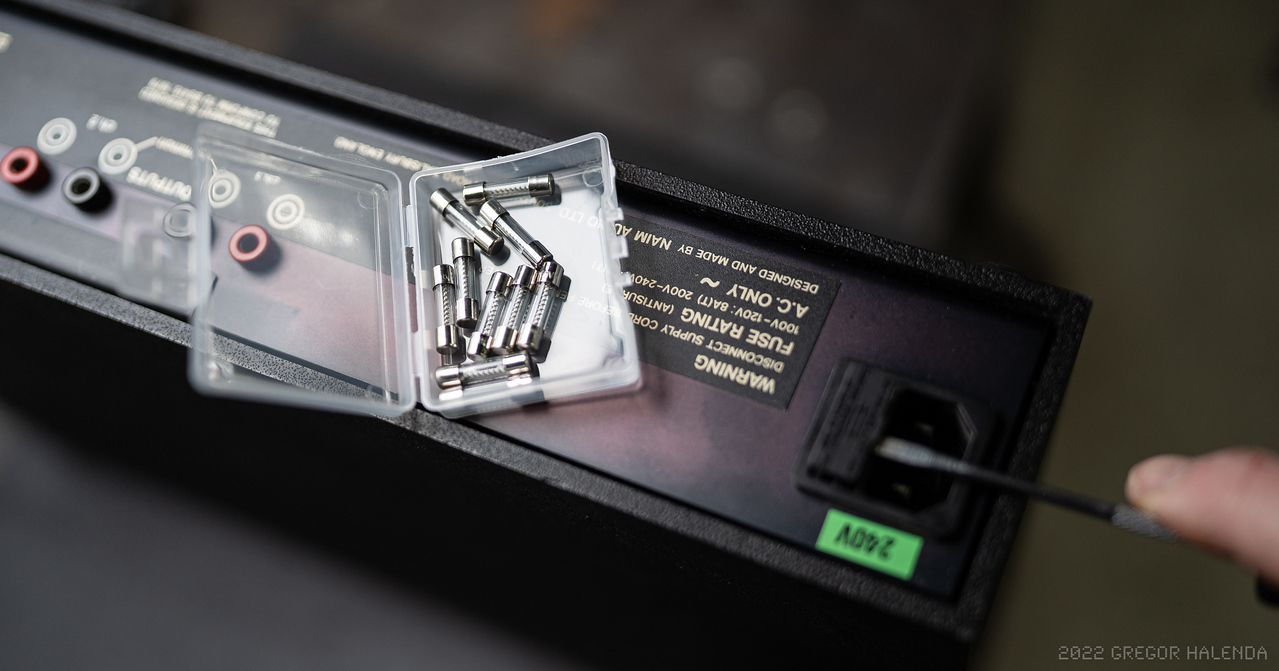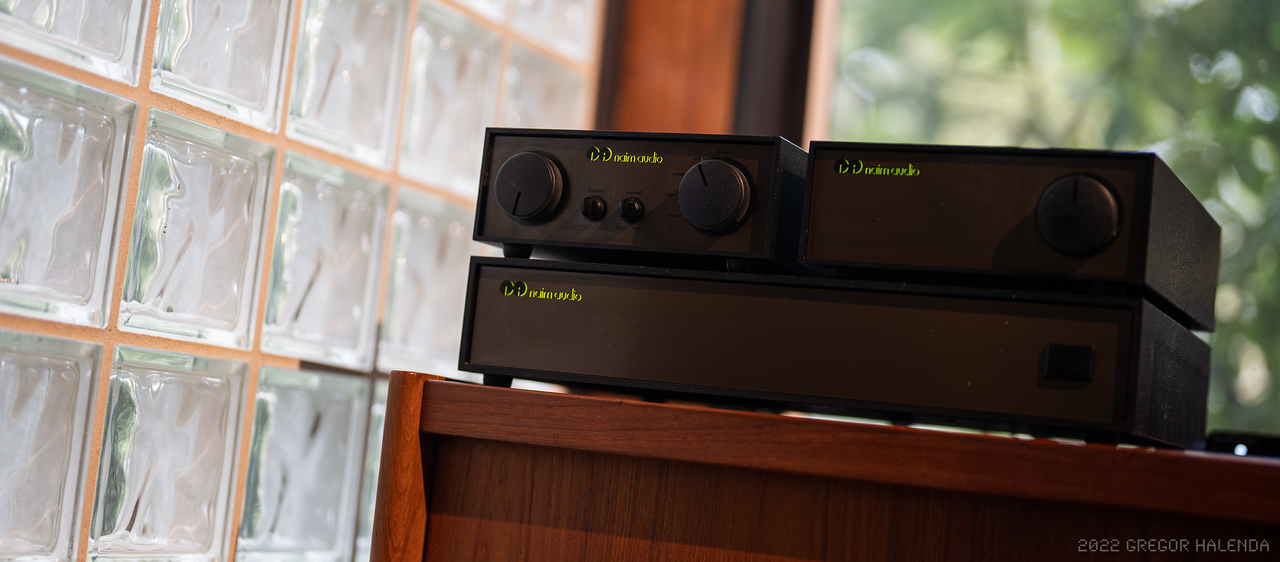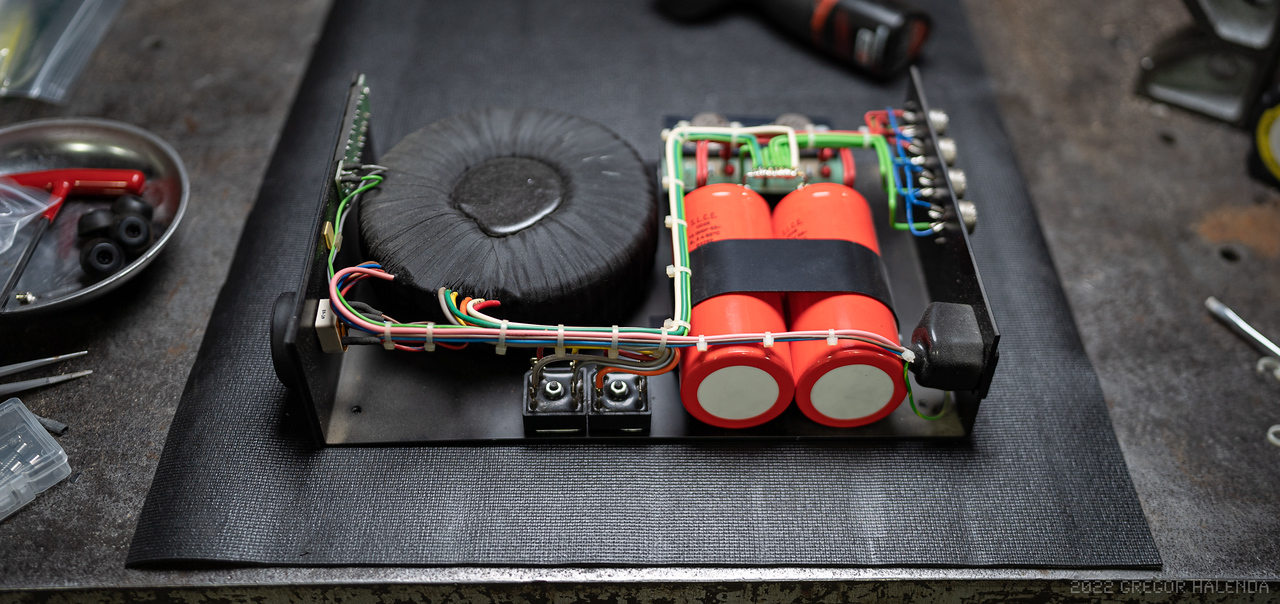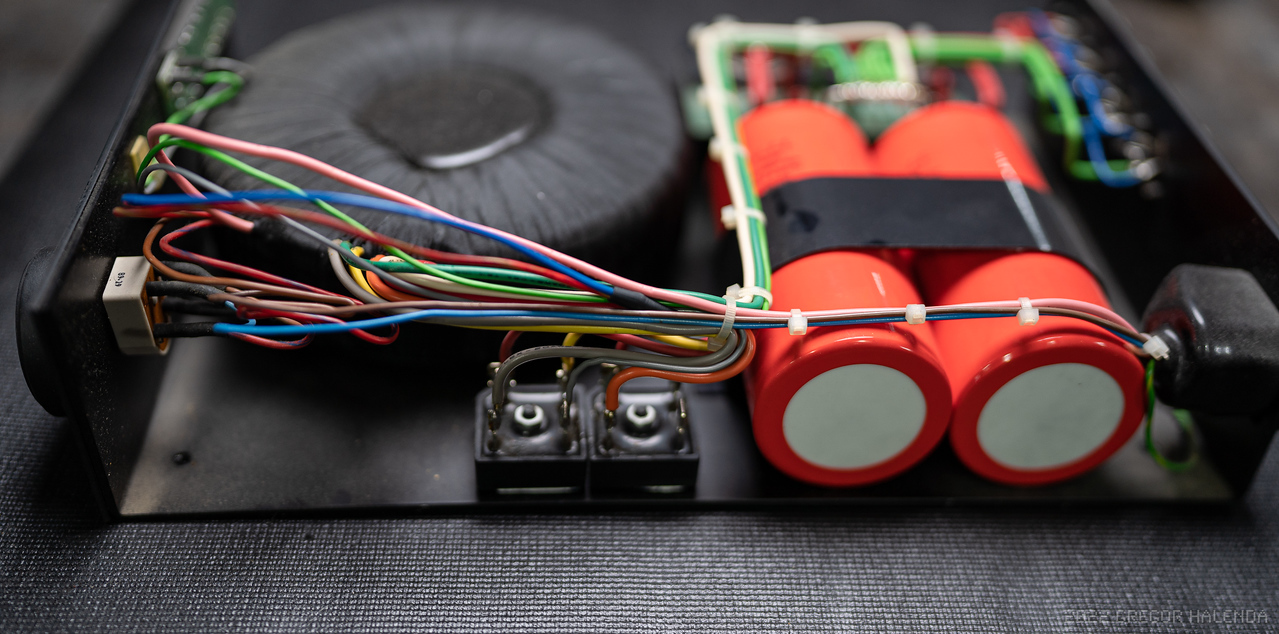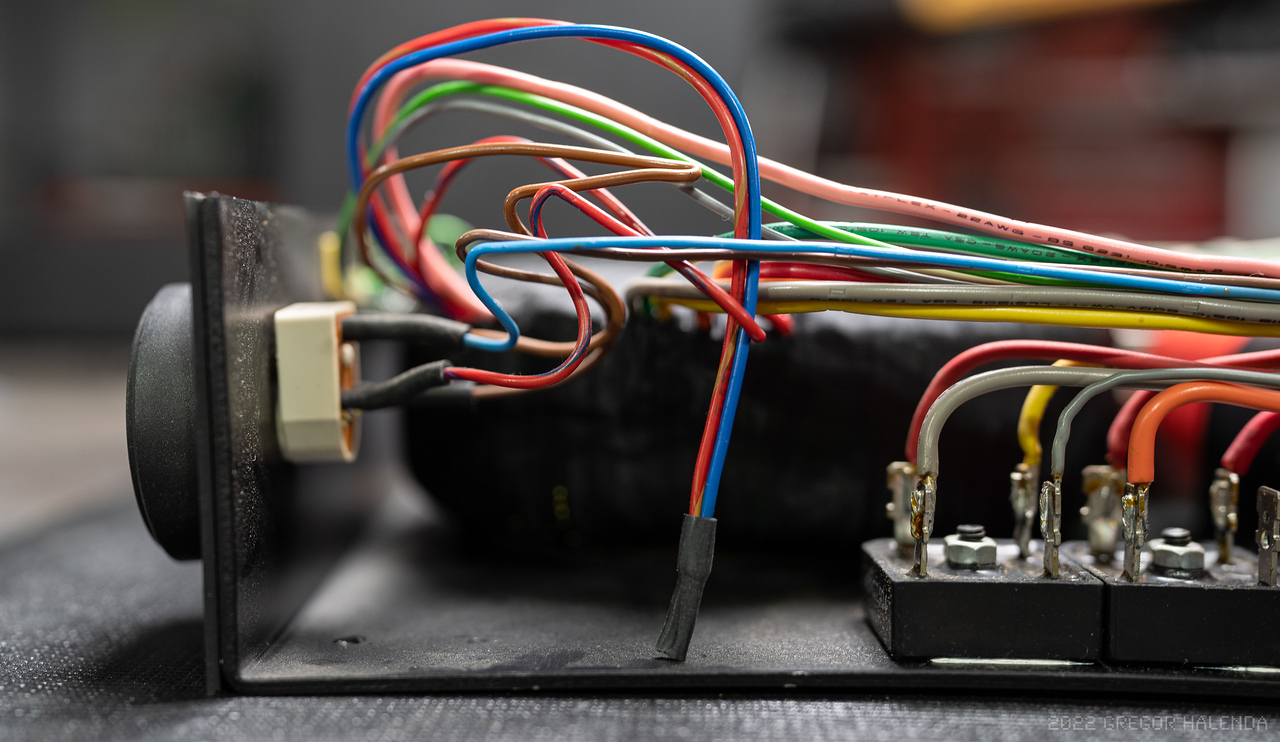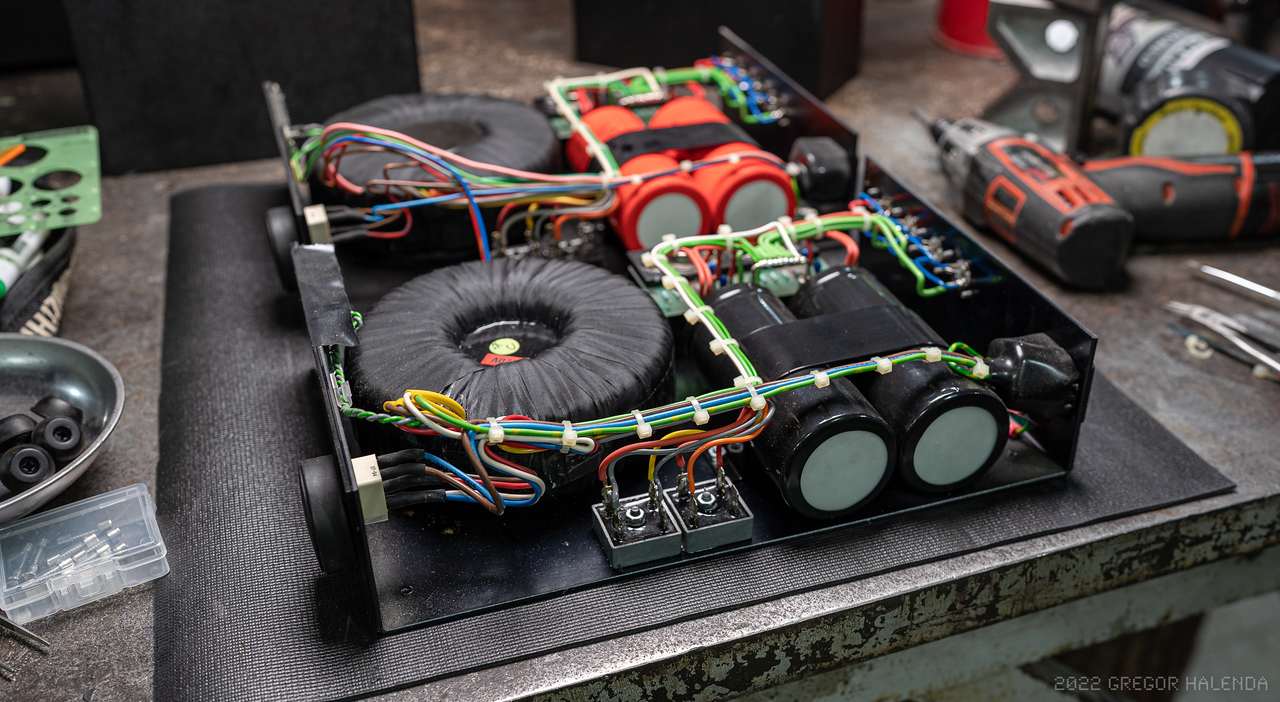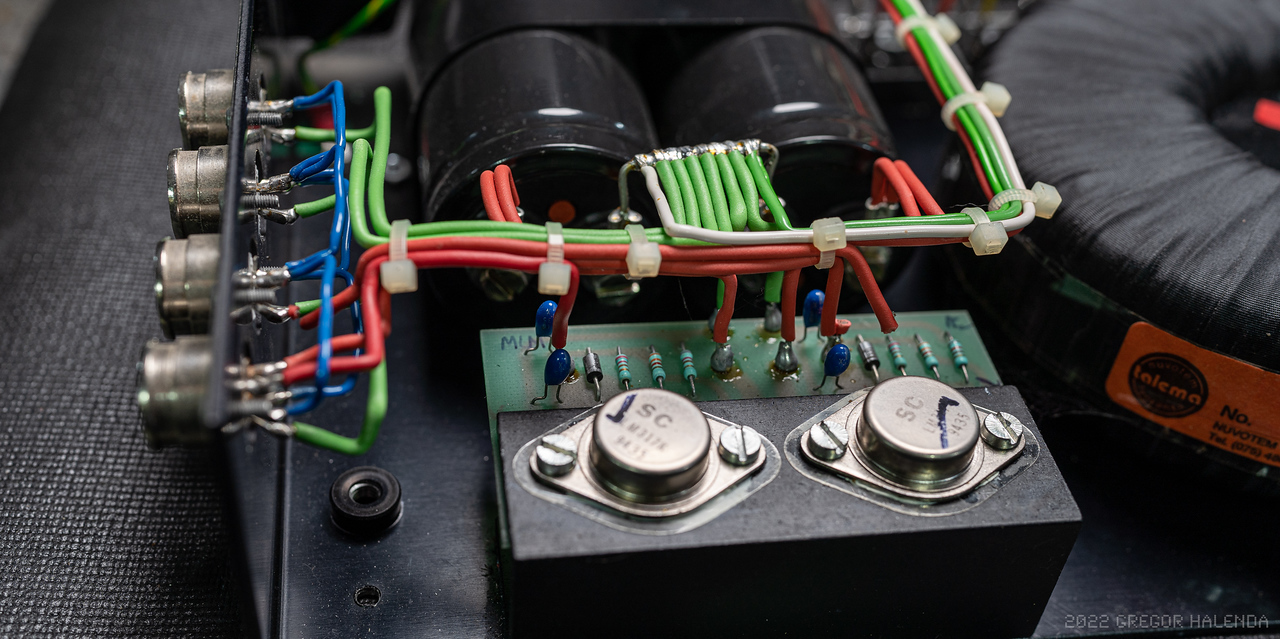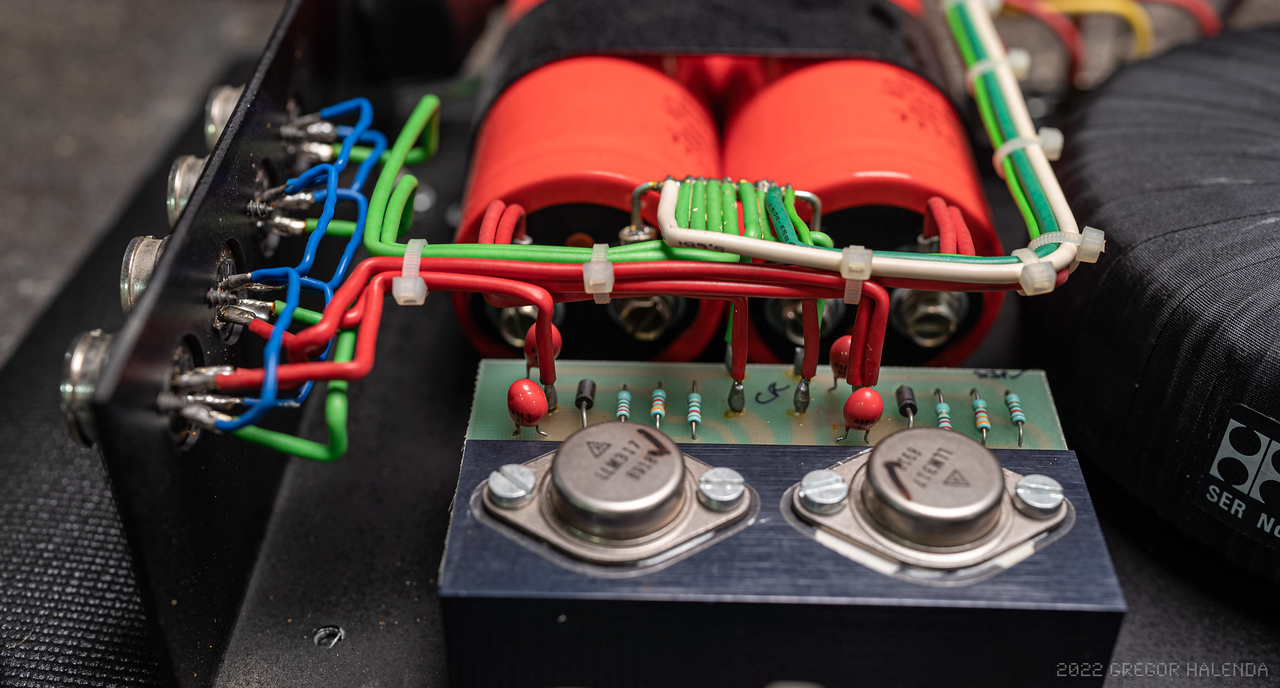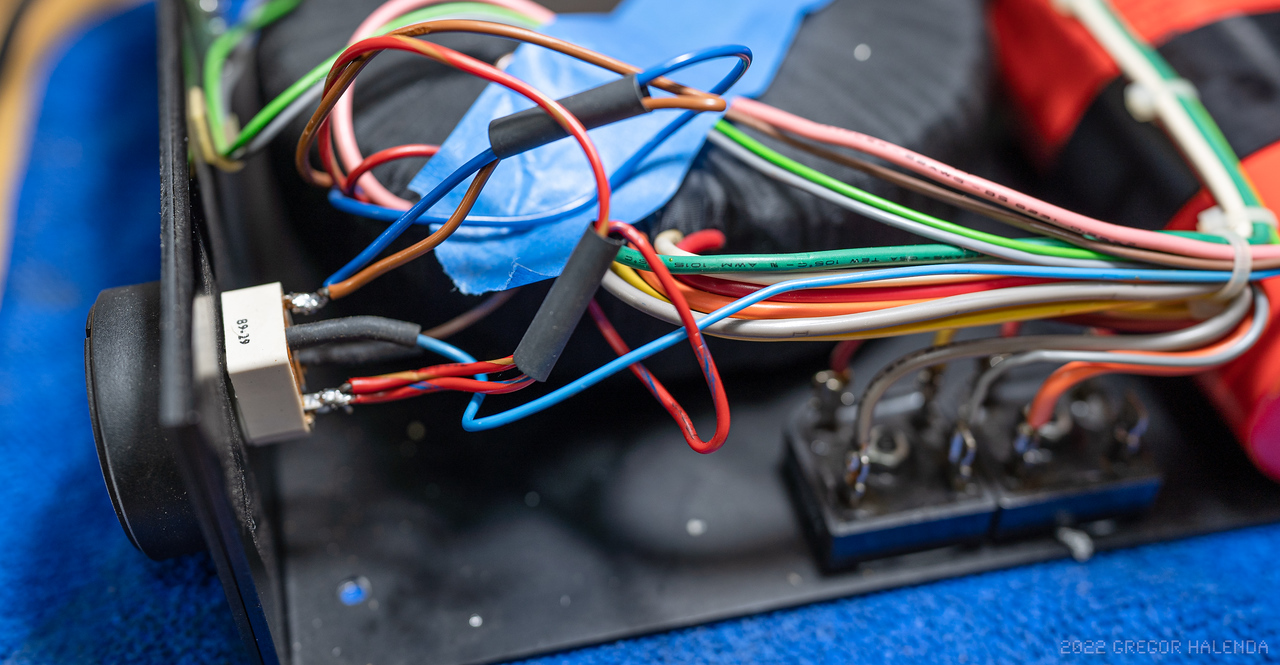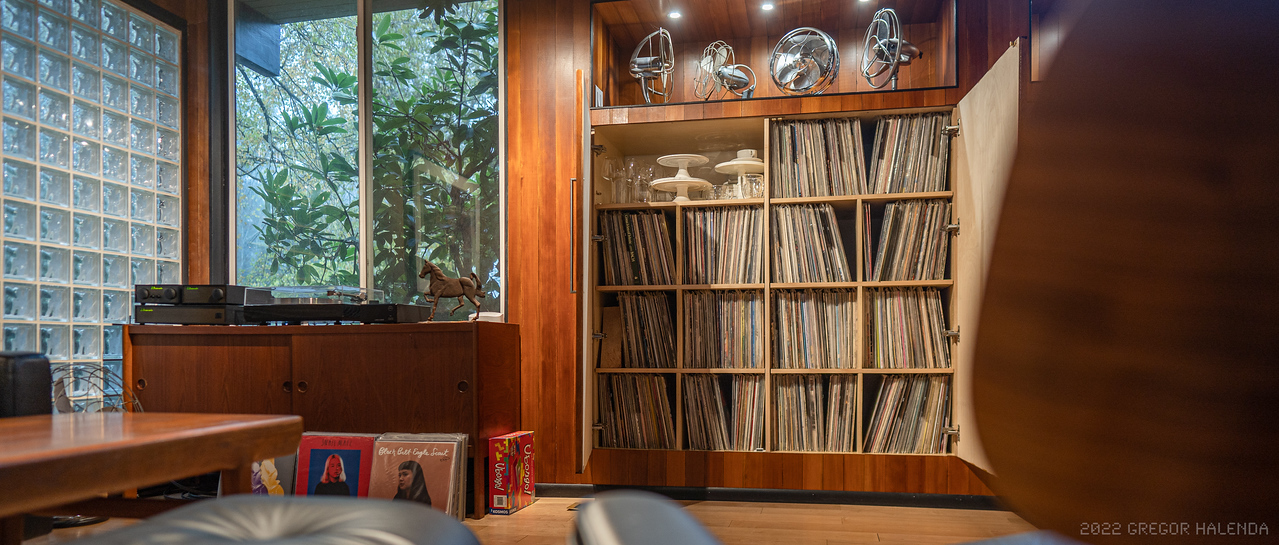Sakurama
Active Member
I have a HiCap and 250 from the UK that I need to wire to US spec. I'm not good at reading the wiring diagram above so I'm wondering if someone can explain it a bit more simply or perhaps show a photo of the switch. What do N and L refer to? The bars on the right side - what are they supposed to reference?
I remember when I worked at a hifi shop in college that this was a pretty simple thing to do but that was a very long time ago. I've looked at every thread I can find and have not found a single photo of this conversion so I figured I'd put some in here and then, when I understand what I'm changing, I'll show that as well.
I have a second US 250 that I suppose I can open up and cross reference but I wanted to double check things here to be 100% sure before I start in with the soldering iron. And if the same applies to a UK HiCap or if there's differences please let me know as that should be next on the list.
These will end up in an active SBL system - something I've wanted from when I was in college and due to some horse trading with a friend and a few ebay purchases I'm now in a position to finally make happen. So, any help here will be greatly appreciated.
Gregor
I remember when I worked at a hifi shop in college that this was a pretty simple thing to do but that was a very long time ago. I've looked at every thread I can find and have not found a single photo of this conversion so I figured I'd put some in here and then, when I understand what I'm changing, I'll show that as well.
I have a second US 250 that I suppose I can open up and cross reference but I wanted to double check things here to be 100% sure before I start in with the soldering iron. And if the same applies to a UK HiCap or if there's differences please let me know as that should be next on the list.
These will end up in an active SBL system - something I've wanted from when I was in college and due to some horse trading with a friend and a few ebay purchases I'm now in a position to finally make happen. So, any help here will be greatly appreciated.
Gregor



